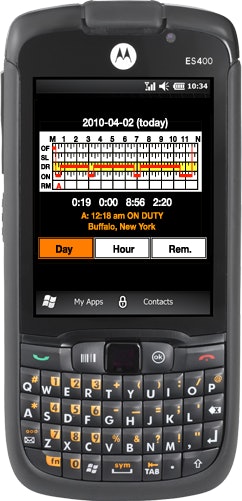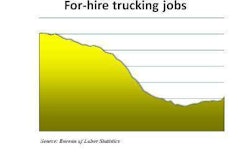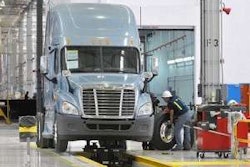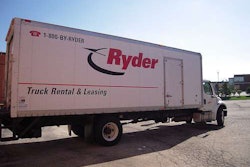
On Jan. 31, the Federal Motor Carrier Safety Administration announced that all interstate commercial truck and bus carriers that now use logbooks to track compliance with hours-of-service regulations would have to use electronic onboard recorders (EOBRs). The only exception to the new rule is short-haul interstate carriers that use timecards to document HOS.
FMCSA expects to issue a final rule by July 2012 and begin enforcing the rule three years later, in 2015. For the companies that supply EOBRs to the trucking industry, this mandate did not come as a total surprise.
“We did see it coming,” says Dave Kraft, vice president of business development for Qualcomm Enterprise Services, citing recent rulings, technology that is available today and the aggressiveness of FMCSA to make the roads safer. “They have been looking at this stuff for more than 20 years.”
A series of rulings have made this new mandate seem inevitable. On Christmas Eve 2008, FMCSA announced that data from advanced technologies, such as systems that use the Global Positioning System (GPS) for vehicle location, are supporting documents for verifying driver logs. Subsequently, many carrier executives viewed that policy as a de facto mandate for electronic logs.
In April 2010, FMCSA issued a final rule for section 395.16 that required carriers that have a history of serious log violations to install EOBRs. The rule also says the agency can mandate EOBRs for motor carriers that are shown in a single compliance review to be in serious noncompliance with any major hours-of-service regulation.
The 395.16 ruling takes effect in June 2012, but all signs indicated that FMCSA would have more to say about EOBRs before then.
“We knew there was going to be a broader mandate,” says Brian McLaughlin, chief operating officer of PeopleNet, an onboard computing and mobile communications provider. “My estimate was between 30 and 50 percent based on conversations and intuition, but nobody thought it would be 100 percent. I think that exceeded anybody’s expectations. The good news is that it’s a fair playing field now.”
The mandate could usher in new wave of business during the next three years as carriers convert from paper logbooks to EOBRs. While the number of fleets using paper logbooks is sizable, the EOBR business was already booming due to recent changes in the regulatory surrounding drivers’ hours of service records.
“We’ve seen take rates for our EOBR module go from 50 percent to about 90 percent,” McLaughlin says.
One of the reasons EOBRs are selling so quickly may be the price. Current Qualcomm customers can get hours-of-service for less than $50 a month through its Unlimited Value Plan (UVP). PeopleNet offers a broad range of onboard computing applications, including an EOBR-only system for $48 per month with no upfront hardware costs. Xata offers its Turnpike system that includes an EOBR and many other fleet management tools for $35 a month plus the cost of a data plan from a wireless provider (about $20 per month).
Aside from talk of future mandates, FMCSA’s Comprehensive Safety Analysis 2010 — which is now called Compliance, Safety, Accountability (CSA) — made it more difficult for carriers to maintain paper logbooks. Under CSA, the agency is using a new Safety Measurement System that weights logbook violations heavily.
Another factor behind the new mandate may be the new HOS proposal. On Dec. 29, 2010, President Obama issued an Executive Order for a proposed hours-of-service rule change. The proposal contains many significant — and no doubt complex — changes for motor carriers to implement.
“EOBRs are helpful for carriers and for law enforcement — particularly if you are going to make the hours-of-service rules more complex,” says Charlie Mohn, director of product development for Xata Corp.
As more carriers voluntarily adopt EOBRs ahead of the new mandate, FMCSA should consider having a certification process for EOBRs that goes beyond the current “manufacturer certification” process, says Qualcomm’s Kraft. Also, the agency will need to make sure that law enforcement is properly equipped to effectively conduct inspections of driver hours electronically.
“While this regulation doesn’t address all of those things, they still need to be addressed,” he says.












